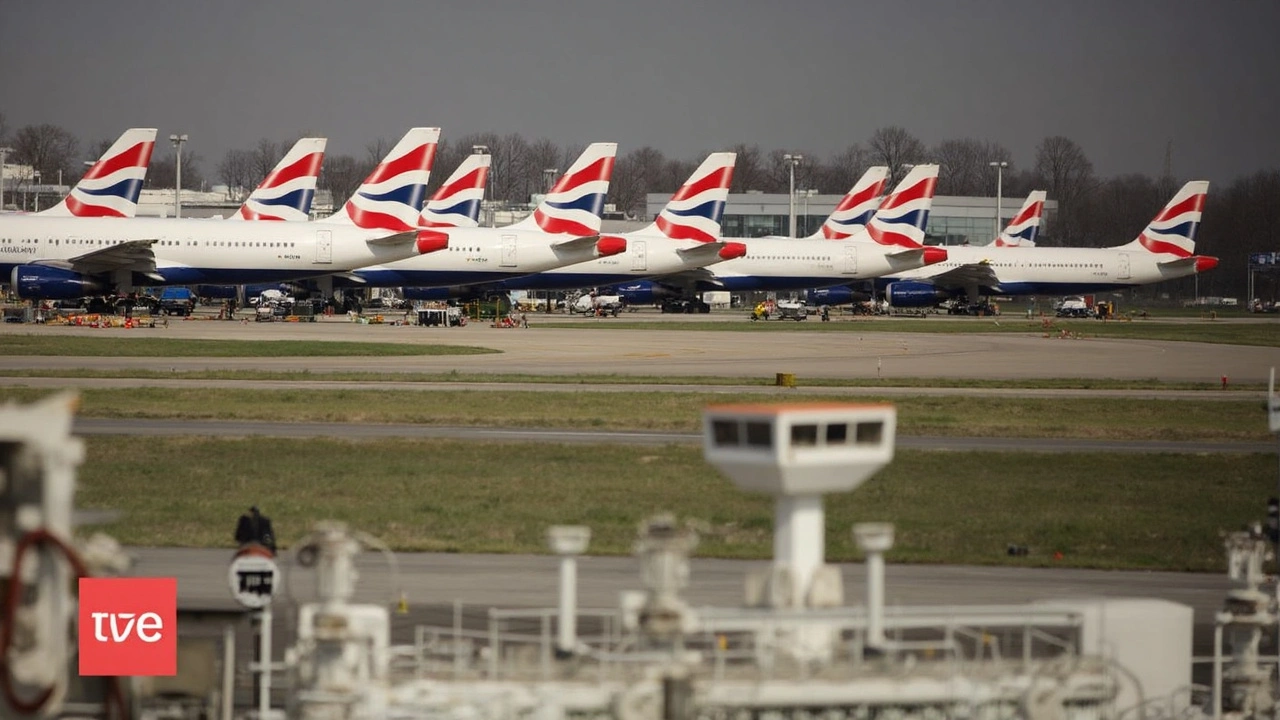Power Outage: How to Handle Blackouts and Stay Safe
Power outages can catch us off guard, and when the lights go out, everything seems to stop. Whether it’s a widespread blackout or a quick flicker, knowing how to react is key. This guide breaks down simple steps to manage power cuts without stress.
First off, you want to find out why the power’s out. It might be a local grid problem, bad weather, or scheduled maintenance. Check your utility’s website or social media for updates—they often provide ETA for restoration. If it’s a long outage, preserving your phone’s battery and having a backup charger can keep you connected and informed.
Stay Ready: Essentials During a Power Outage
Having a few basics on hand makes a big difference. Keep a flashlight and extra batteries ready; don’t rely on candles—they’re a fire hazard. Stock up on non-perishable snacks and bottled water in case the outage lasts beyond a few hours. Also, unplug sensitive electronics to protect them from damage when power returns.
For those depending on medical devices, plan ahead with battery backups or generators designed for health needs. It’s smart to have contact info for local emergency services handy, just in case things turn serious.
After the Lights Come Back On
Power restoration can bring its own risks. Wait a bit before plugging everything back in to avoid overloading the system. Check your fridge and freezer; food can go bad quickly without power, so know what to keep or toss. Lastly, report any damaged power lines or equipment to your utility to prevent hazards.
Power outages might be inconvenient, but with a little planning and quick thinking, you can keep safety and comfort front and center. Are you prepared for your next blackout?
Air Travel Turmoil: Unpacking the Heathrow Power Outage's Impact
Heathrow Airport resumed activities after a fire at a nearby electrical substation led to a significant power outage, causing flight disruptions for hundreds of thousands. The incident affected over 1,300 flights and 470,000 passengers in total. Extra staff and flights were added to address the backlog. The cause is under investigation but is not considered suspicious at this time.


